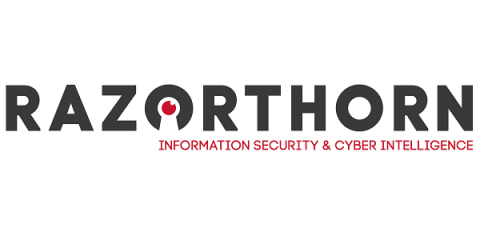DORA's Reach: How UK ICT Service Providers Are Affected
The Digital Operational Resilience Act (DORA) is set to reshape the landscape of financial services in the European Union. But its impact extends beyond EU borders, particularly affecting UK-based Information and Communication Technology (ICT) service providers. Let’s explore how DORA might influence these providers and what steps they should consider taking.











